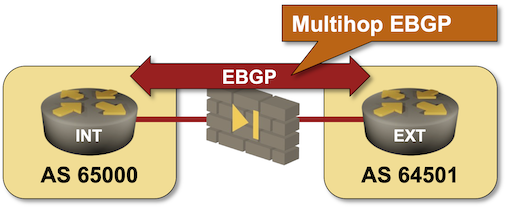0
Hello my friend,
As mentioned in the previous blogpost, we started talking about practical usage of Python and Go (Golang) for network and IT infrastructure automation. Today we’ll take a look how we can interact with any SSH-speaking device, whether it is a network device, server, or anything else.
You Put So Much Content For Free Online, Why To Join Trainings Then?
Our ultimate goal is to make you successful with software developing for IT infrastructure management. Out blogs are the first step so that you can get up to speed if you already well equipped with fundamentals as protocols, data formats, etc. We believe that sharing is caring, hence we share back our knowledge with you, so that your path could be a little bit easier and quicker, so that you have more time to focus on what matters. If that’s enough for you to move forward, that’s great.
At the same time, if you feel you need more, you want to have finely-curated labs, slack support and deep dive not just in coding, but really in fundamentals, our training programs are here for you:
We offer the following training programs in network automation for you:

